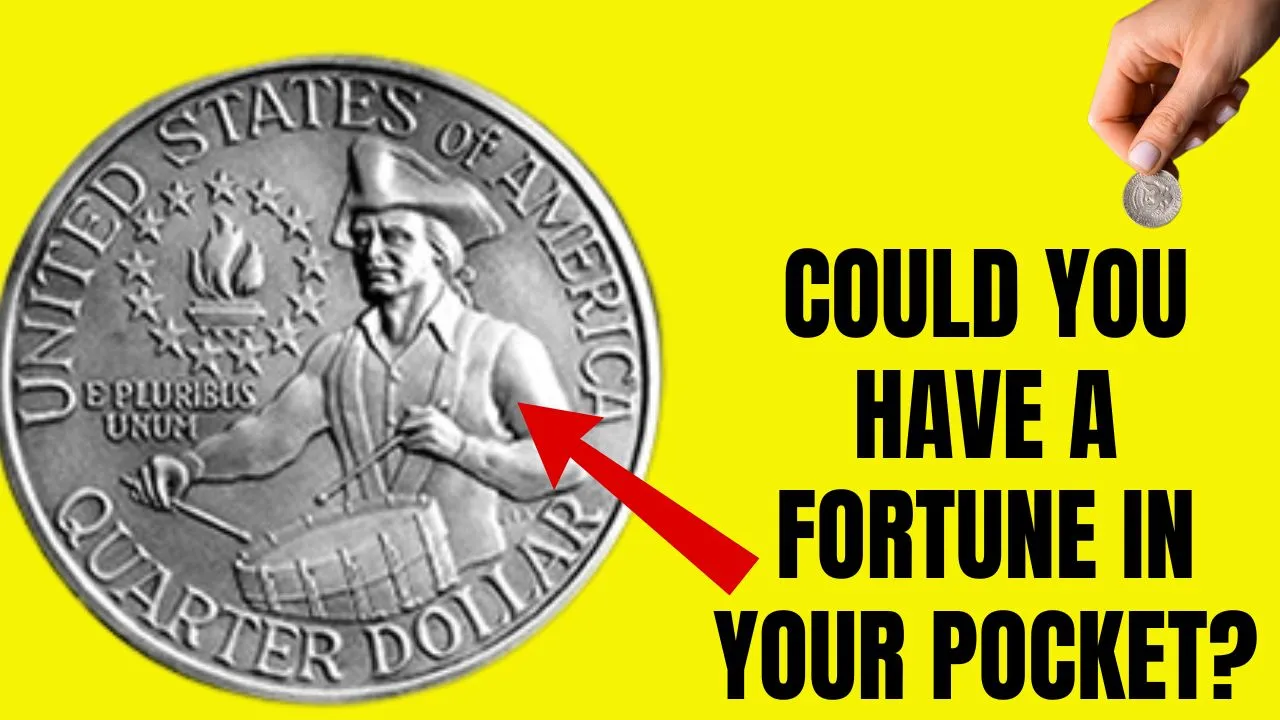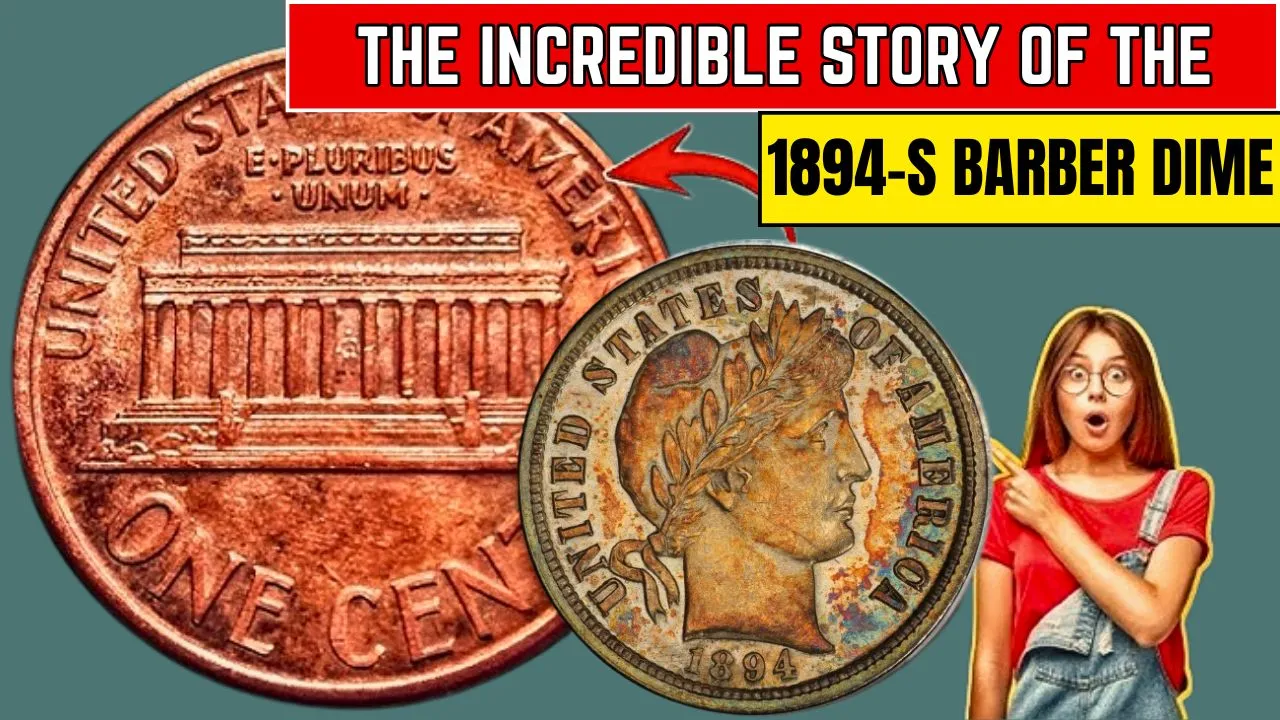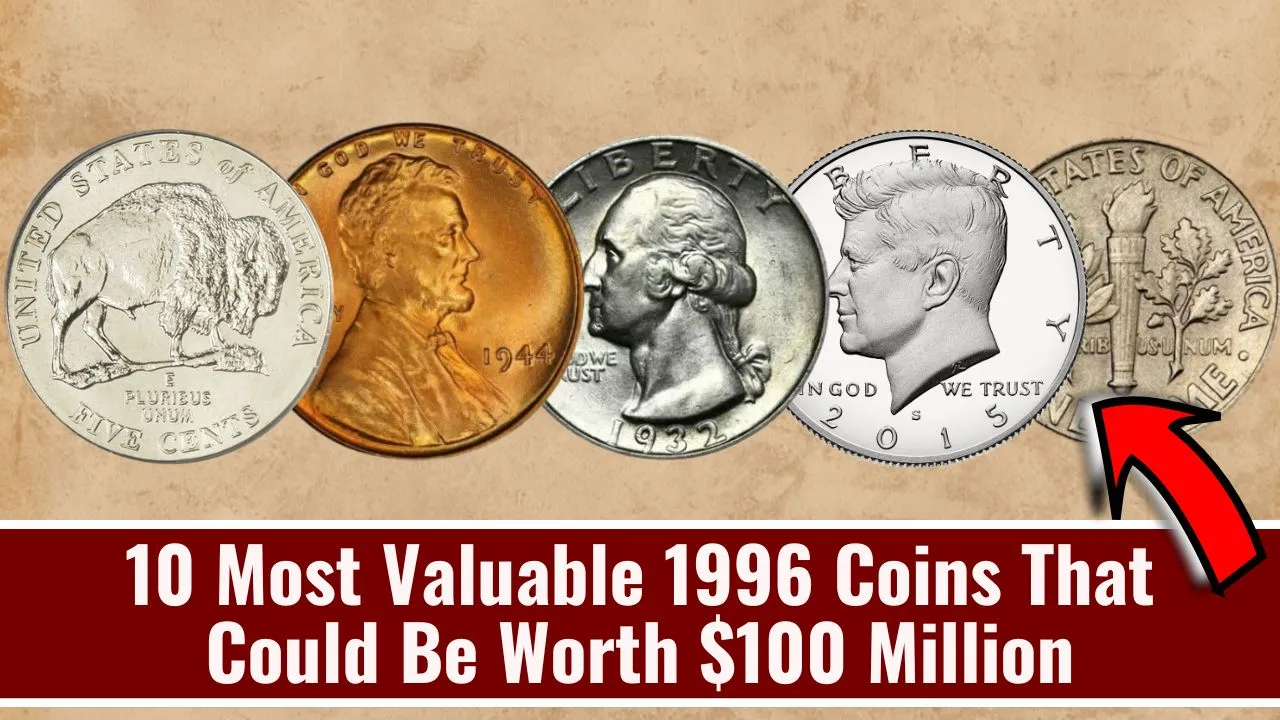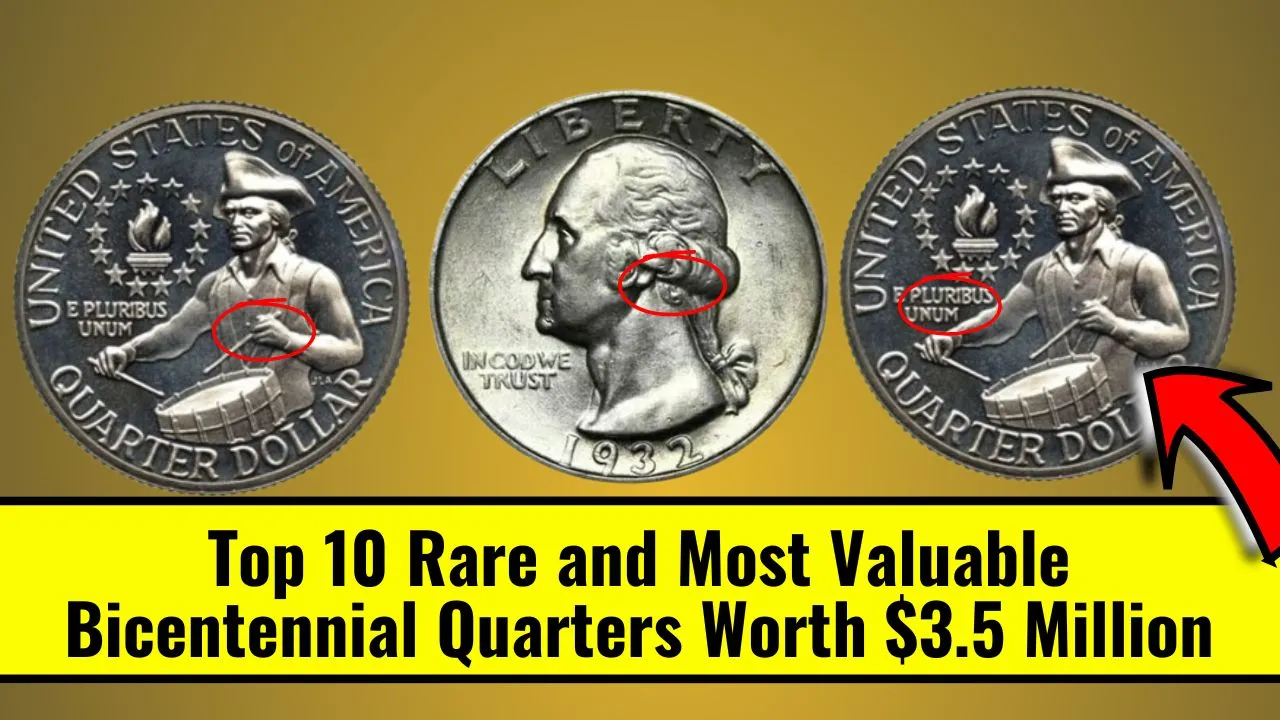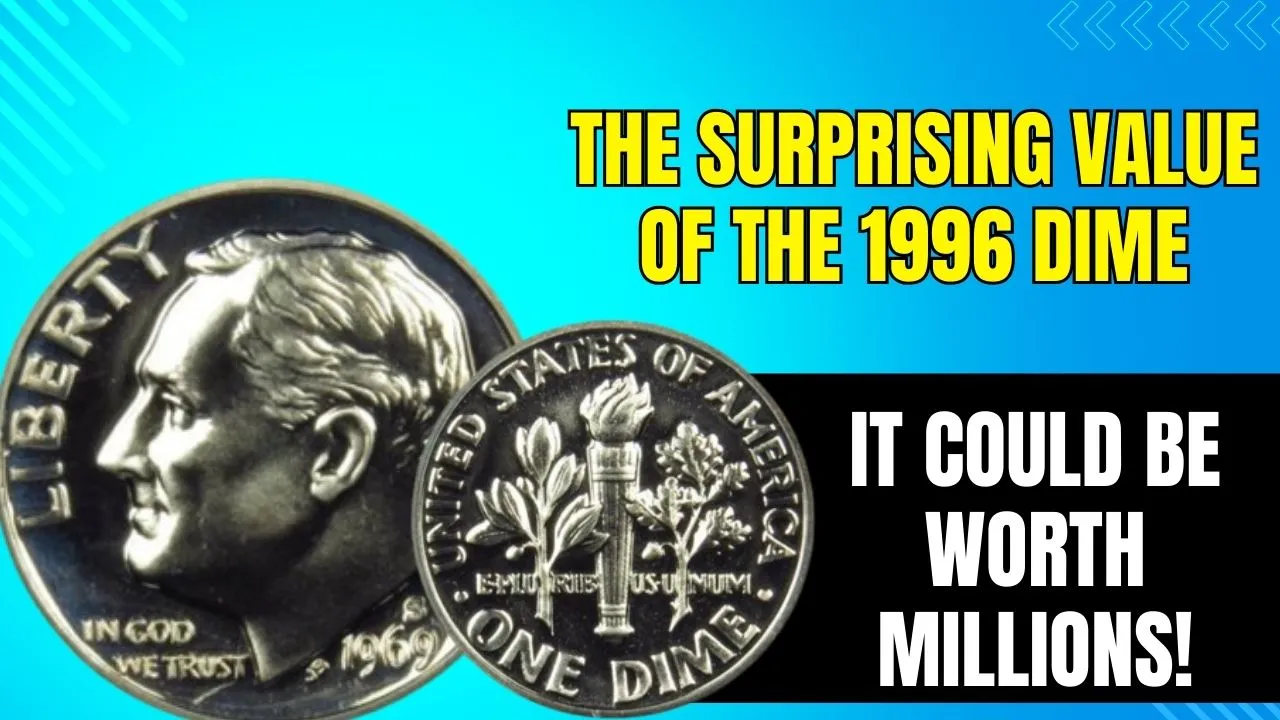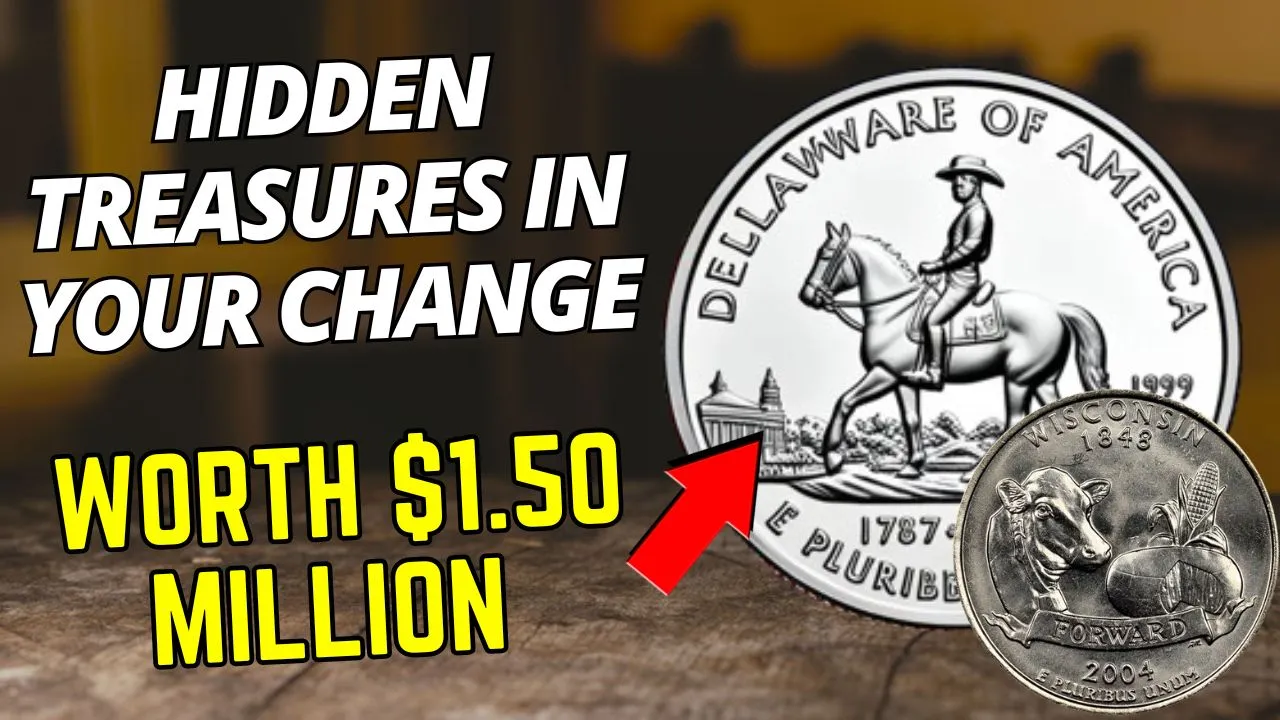Rare Bicentennial Quarter: Coins tell stories, and few do so as powerfully as the Rare Bicentennial Quarter. Minted in celebration of the United States’ 200th anniversary, this quarter became more than just a piece of currency. With a distinctive design and historical significance, it has captured the attention of collectors and enthusiasts alike.
In recent years, the Rare Bicentennial Quarter value has become a hot topic in the numismatic community. Some of these coins have fetched thousands, and even millions, at auctions. This article uncovers what makes these coins so valuable, how to identify rare versions, and whether that pocket change of yours could be a hidden treasure.
Key Features of the Bicentennial Quarter
| Feature | Details |
| Years Minted | 1975–1976 |
| Design Highlights | Obverse: George Washington; Reverse: Colonial drummer by Jack L. Ahr |
| Unique Feature | Dual date “1776–1976” marking the bicentennial |
| Mint Locations | Philadelphia (no mint mark), Denver (D), San Francisco (S) |
| Material | Copper-nickel clad or 40% silver for collector editions |
| Rarity Indicators | Mint marks, silver content, proof finishes, errors, and pristine condition |
| Top Auction Value | $19,200 for a 1976-S Silver Proof in perfect PR70 grade |
Why Was the Bicentennial Quarter Minted?
In 1976, the United States celebrated its 200th birthday. To honor this monumental milestone, the U.S. Mint produced special designs for three coins: the quarter, half dollar, and dollar. The Bicentennial Quarter stands out for its reverse design featuring a colonial drummer and a torch encircled by 13 stars, symbolizing the original colonies.
Jack L. Ahr’s design was chosen from over 1,000 entries in a nationwide competition. Combined with the dual date “1776–1976,” this commemorative coin became an iconic reminder of the nation’s history.
What Makes a Bicentennial Quarter Valuable?
While millions of Bicentennial Quarters were minted, not all are valuable. Several factors contribute to their rarity and worth:
- Mint Marks
Coins minted in San Francisco (marked with an “S”) are generally rarer and more sought after than those from Denver or Philadelphia. - Material Composition
Most Bicentennial Quarters are copper-nickel clad, but San Francisco also minted special collector versions in 40% silver. These silver coins are heavier and more valuable. - Proof vs. Circulated Coins
Proof coins, made for collectors, have a mirror-like finish and sharp details. They are significantly more valuable than coins used in everyday circulation. - Errors and Varieties
Coins with minting errors, such as doubled letters or missing mint marks, are rare and highly prized by collectors. - Condition
Coins in pristine, uncirculated condition with no signs of wear are far more valuable than those with scratches or damage.
Top Examples of Valuable Bicentennial Quarters
- 1976-S Silver Proof
This coin, struck in 40% silver and graded PR70 (perfect condition), sold for an impressive $19,200 at auction. - 1976-D MS68
A Denver-minted quarter in uncirculated condition once fetched $6,462.50, showcasing the value of a high-grade example. - 1976 Doubled Die Obverse (DDO)
A rare error where parts of the design appear doubled, these coins can sell for $1,000 to $3,000, depending on their condition. - 1976-S Silver Uncirculated
These coins, though less valuable than proofs, can still command hundreds of dollars if well-preserved. - 1976 No Mint Mark Error
Occasionally, coins minted in Philadelphia lack a mint mark, creating a unique and valuable variety.
Could a Bicentennial Quarter Really Be Worth $25 Million?
Claims of a Bicentennial Quarter valued at $25 million have sparked curiosity and skepticism. While the idea might sound incredible, such a price tag would require extraordinary circumstances:
- A one-of-a-kind minting error.
- Flawless preservation in a perfect grade.
- Historical significance beyond the ordinary.
- High demand from wealthy collectors.
Although no verified sale has reached this amount, the rarity and story behind a coin could potentially justify such an astronomical value in the future.
How to Spot a Rare Bicentennial Quarter
Want to know if your Bicentennial Quarter is worth more than 25 cents? Follow these tips:
- Inspect the Date
Ensure the coin has the dual date “1776–1976” on the obverse. - Check for Mint Marks
Look for an “S” mark for San Francisco-minted coins or unique errors such as missing mint marks. - Examine the Composition
Test the coin’s weight and ring. Silver coins are heavier and emit a higher-pitched ring when tapped. - Assess the Condition
Look for sharp details, no scratches, and an uncirculated appearance. Coins with a mirror-like shine are likely proofs. - Search for Errors
Use a magnifying glass to spot doubled letters, numbers, or other minting anomalies.
Tips for Preserving and Selling Your Coins
To maintain the value of your Bicentennial Quarter:
- Handle it carefully, holding it by the edges.
- Store it in a coin holder or airtight capsule to protect against dirt and damage.
- Avoid cleaning the coin, as this can reduce its value.
- If you suspect your coin is valuable, get it professionally graded by a reputable service like PCGS or NGC.
When selling, consider auctioning it online or through a trusted dealer who specializes in rare coins.
Why Collect Bicentennial Quarters?
The Rare Bicentennial Quarter isn’t just about its monetary worth; it’s a piece of history. For collectors, these coins represent a celebration of America’s bicentennial, a tangible connection to the past, and a testament to artistic craftsmanship.
Building a collection of Bicentennial Quarters can be a fulfilling hobby. Some collectors aim to complete sets that include:
- Circulated and uncirculated examples.
- Silver and copper-nickel versions.
- Proof and error coins.
FAQs About Rare Bicentennial Quarter Value
1. Are all Bicentennial Quarters valuable?
No, most are worth only their face value. Rare versions with mint marks, errors, or pristine condition are the ones that fetch higher prices.
2. How can I tell if my coin is silver?
Silver quarters weigh more and have a solid silver edge instead of the copper stripe seen on regular coins.
3. Where can I sell my Bicentennial Quarter?
You can sell it through online auction platforms, coin dealers, or at numismatic conventions.
4. Can I still find Bicentennial Quarters in circulation?
Yes, but finding a rare or high-grade example in circulation is highly unlikely.
5. What’s the best way to preserve my coin?
Store it in a non-reactive coin holder and avoid cleaning it to prevent damage.
Final Thoughts
The Rare Bicentennial Quarter value is a reminder of the fascinating stories hidden in our pocket change. Whether worth 25 cents or $25 million, these coins capture a moment in history and the thrill of discovery.
Check your coins carefully—you might just have a piece of history or a hidden treasure waiting to be uncovered. If you’ve enjoyed this guide, leave a comment or share it with fellow coin enthusiasts. Start your numismatic journey today!

